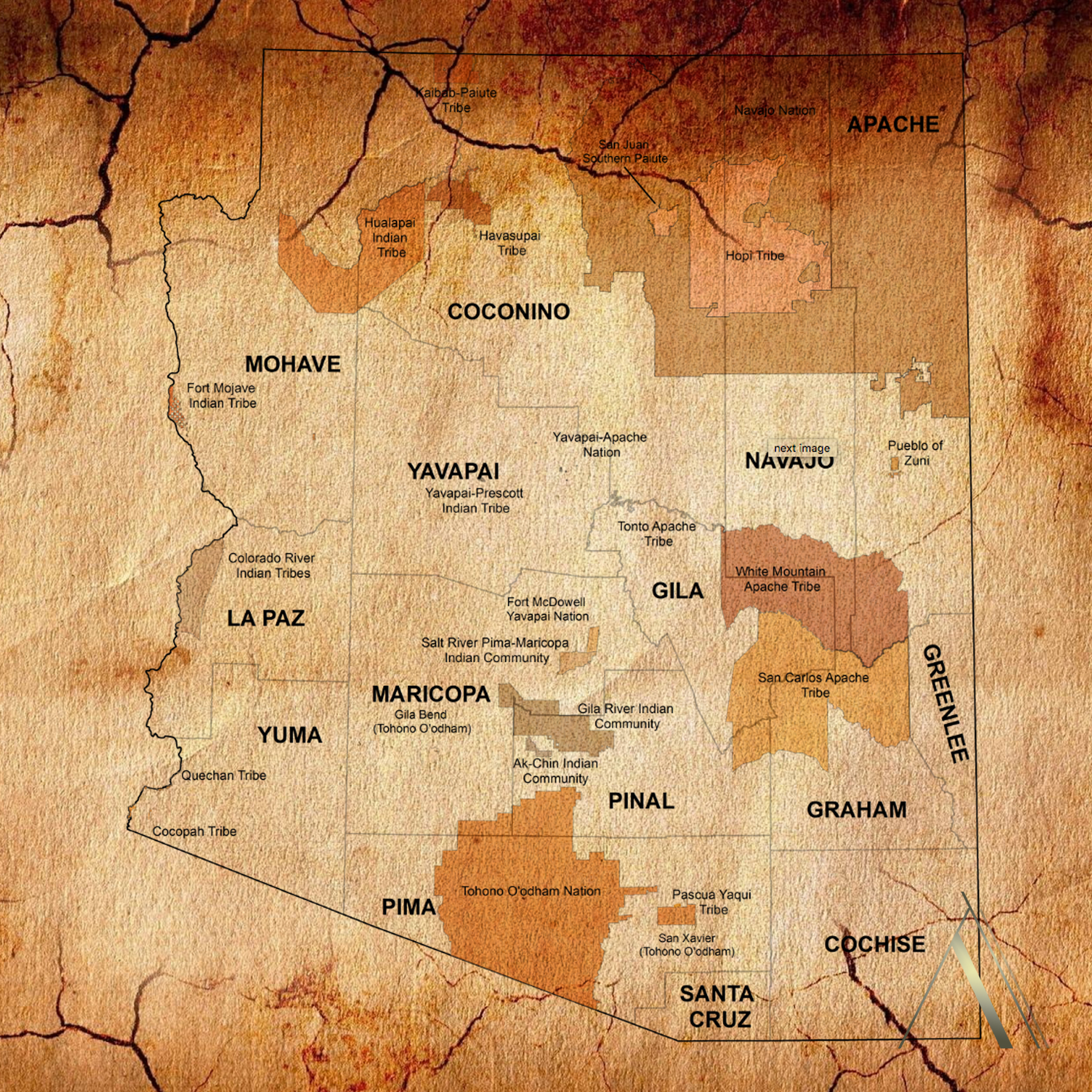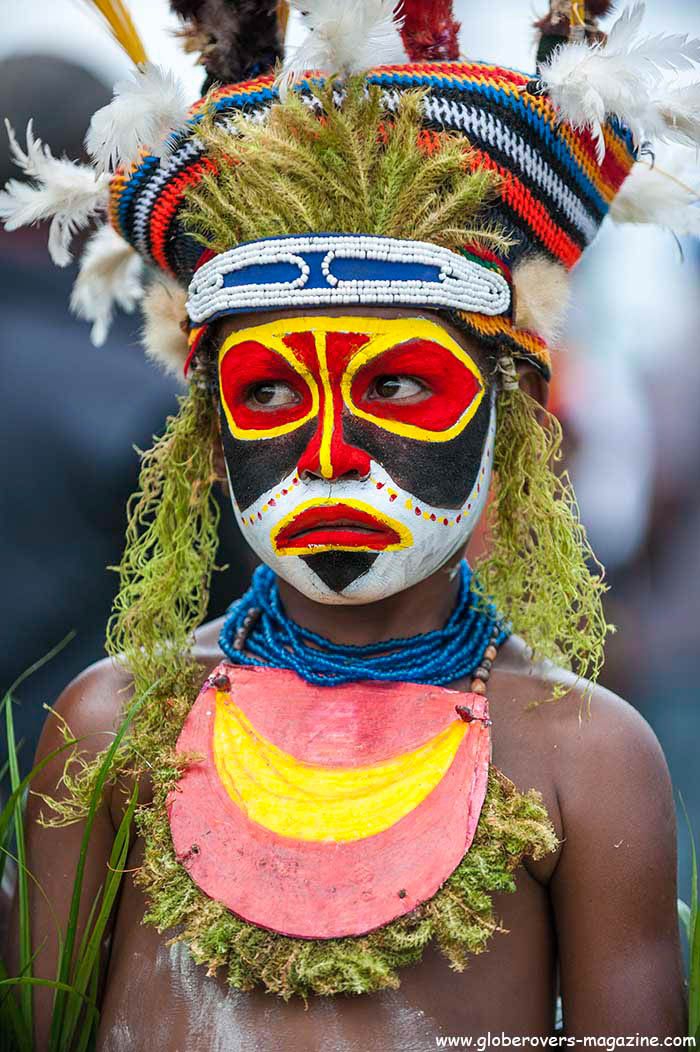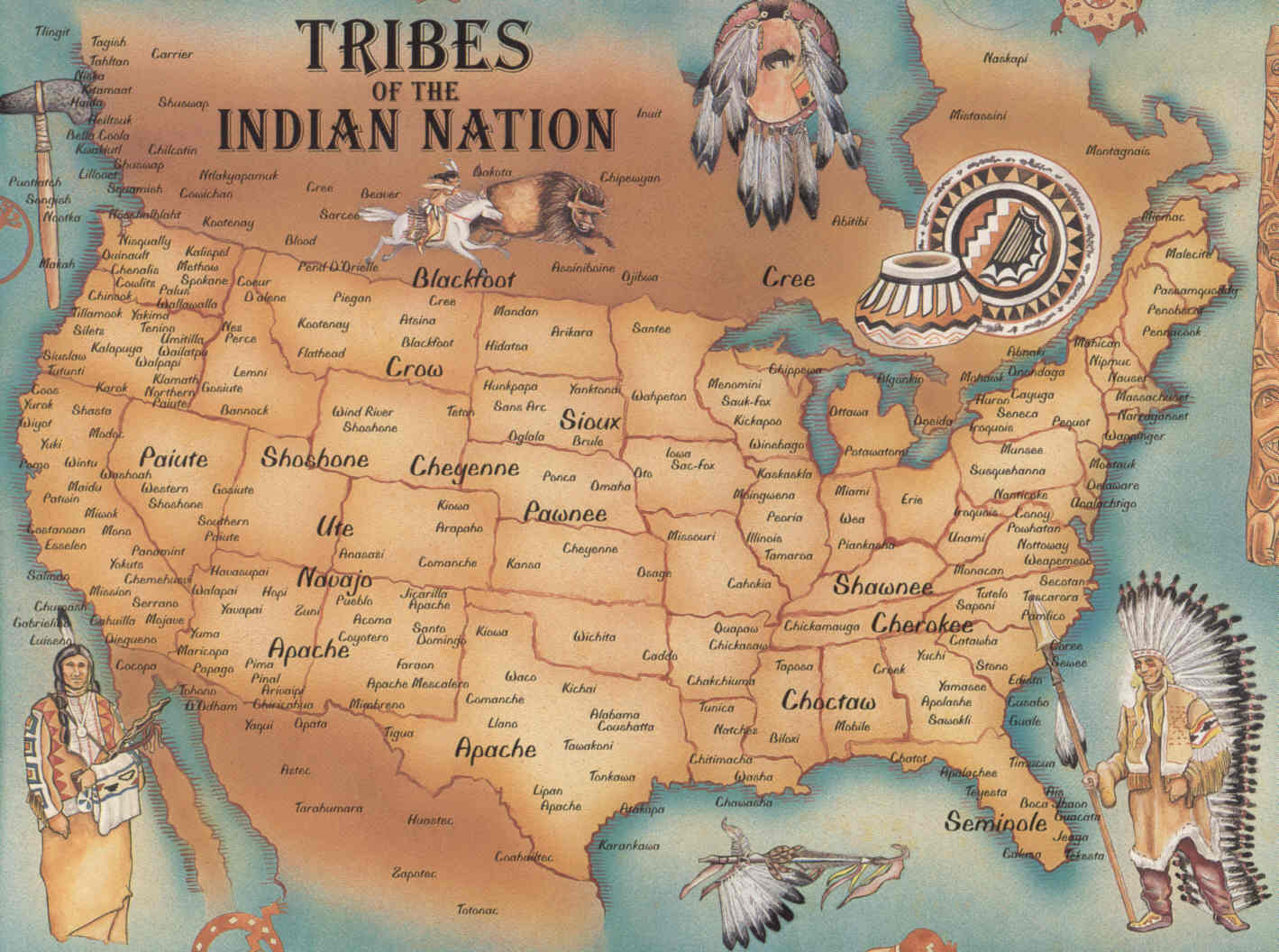Arizona’s Indigenous Tapestry: Unraveling the Rich History of Tribal Names
Arizona’s Indigenous Tapestry: Unraveling the Rich History of Tribal Names

Arizona’s landscape is as diverse as its people. From the towering red rocks of Sedona to the sun-baked deserts of the southwest, the state is home to a vibrant tapestry of Native American tribes, each with its own unique story and identity.
But what about the names of these tribes? What do they mean? What stories do they tell? This article delves into the fascinating world of Arizona’s Indigenous tribes, exploring the origins and significance of their names, offering a glimpse into their rich cultural heritage.
Related Articles: Arizona’s Indigenous Tapestry: Unraveling the Rich History of Tribal Names
- Uncover the Hidden Gems of Native American Heritage in Michigan
- Unveiling the Largest Indian Tribe in America: Discoveries and Insights Await
- Unveiling the Hidden Gems: Explore the Indian Reservation in Ruidoso, NM
- The Land Of Giants: Unveiling California’s Largest Reservation
- Unveiling the Enchanting World of Indian Reservations in Southern California
A Journey Through Time: Unpacking the Names
Let’s start with the basics. "Indian" is a term that’s often used to refer to Indigenous peoples of the Americas. However, it’s important to remember that the term itself is a product of historical misinterpretations and can be considered inaccurate and even offensive. It’s always best to use the specific tribal name when referring to a particular group of Indigenous people.
The Navajo Nation: A Legacy Woven in Language
The Navajo Nation, the largest reservation in the United States, boasts a rich cultural heritage and a language that’s as intricate as the intricate sand paintings they create. The name "Navajo" itself is derived from the Spanish word "navajo," which is believed to be a corruption of the word "na-va-ho," meaning "planted fields." The Navajo people themselves refer to themselves as "Diné," meaning "the people."
The Hopi: Guardians of Ancient Traditions
The Hopi people, known for their stunning pottery and intricate kachina dolls, have a name that speaks to their connection to the earth and their enduring traditions. "Hopi" is derived from the word "Hopituh," meaning "peaceful people" or "people of the peace." They’re known for their strong spiritual beliefs and their commitment to preserving their ancestral ways.
The Apache: Warriors of the Southwest
The Apache people, known for their fierce independence and their skill as warriors, have a name that reflects their strength and resilience. "Apache" is derived from the Zuni word "apachu," meaning "enemy" or "warrior." The Apache people themselves refer to themselves as "Nde," meaning "the people."

The Yavapai: Guardians of the Mountains
The Yavapai people, who reside in central Arizona, have a name that speaks to their close relationship with the mountains. "Yavapai" is derived from the word "Yavapé," meaning "people of the place of the sun" or "people of the mountains." They’re known for their deep connection to the land and their traditional ways of life.
The Tohono O’odham: People of the Desert
The Tohono O’odham people, whose territory spans the Sonoran Desert, have a name that reflects their adaptation to this harsh but beautiful environment. "Tohono O’odham" means "desert people" or "people of the desert." They’re known for their resilience, their mastery of desert survival, and their intricate basket weaving.
Beyond the Names: A Deeper Understanding

Beyond their names, Arizona’s Indigenous tribes have a wealth of stories, traditions, and cultural practices that deserve to be understood and appreciated. Their history is intertwined with the land itself, and their names are a reflection of their deep connection to their ancestral territories.
The Importance of Respect and Recognition
When discussing Arizona’s Indigenous tribes, it’s important to use their proper names and to show respect for their cultural heritage. Avoid using outdated or offensive terms, and always strive to learn more about their unique stories and contributions to the state’s rich history.
Learning From the Past, Shaping the Future
By learning about the origins and significance of Arizona’s Indigenous tribe names, we gain a deeper appreciation for the state’s diverse cultural heritage. We can honor their past and celebrate their present by acknowledging their contributions and advocating for their continued well-being.

FAQ: Unraveling the Mysteries of Arizona’s Indigenous Names
Q: Why are there so many different tribes in Arizona?
A: Arizona’s diverse landscape has supported a wide variety of cultures and languages over centuries. Different tribes have adapted to the unique environments of the state, developing their own distinct traditions and ways of life.
Q: What are the most common languages spoken by Arizona’s Indigenous tribes?
A: Navajo, Hopi, Apache, Yavapai, and Tohono O’odham are just a few of the languages spoken by Arizona’s Indigenous tribes. These languages are rich in history and culture, and they reflect the unique identities of each tribe.
Q: How can I learn more about Arizona’s Indigenous tribes?
A: There are many resources available to help you learn more about Arizona’s Indigenous tribes. You can visit tribal museums, attend cultural events, and read books and articles about their history and culture. Many tribes also have websites and social media pages where they share information about their communities and their efforts to preserve their traditions.
Q: What are some ways I can support Arizona’s Indigenous tribes?
A: There are many ways to support Arizona’s Indigenous tribes. You can patronize tribal businesses, attend cultural events, and donate to organizations that work to preserve their cultural heritage. You can also advocate for policies that support their rights and their well-being.
Q: What is the future of Arizona’s Indigenous tribes?
A: The future of Arizona’s Indigenous tribes is uncertain, but it’s full of potential. They are working to preserve their cultural heritage, to revitalize their languages, and to build a stronger future for their communities. By supporting their efforts, we can help them to thrive and to continue to contribute to the rich tapestry of Arizona’s history and culture.
A Lasting Legacy: Honoring the Names and the People
The names of Arizona’s Indigenous tribes are not just words; they are living testaments to their resilience, their wisdom, and their enduring connection to the land. By understanding their origins and their significance, we can begin to appreciate the depth and richness of their cultural heritage. Let us strive to honor their names and their people, celebrating their stories and ensuring that their voices continue to resonate throughout the state’s history and into the future.

Closure
Thus, we hope this article has provided valuable insights into Arizona’s Indigenous Tapestry: Unraveling the Rich History of Tribal Names. We appreciate your attention to our article. See you in our next article!